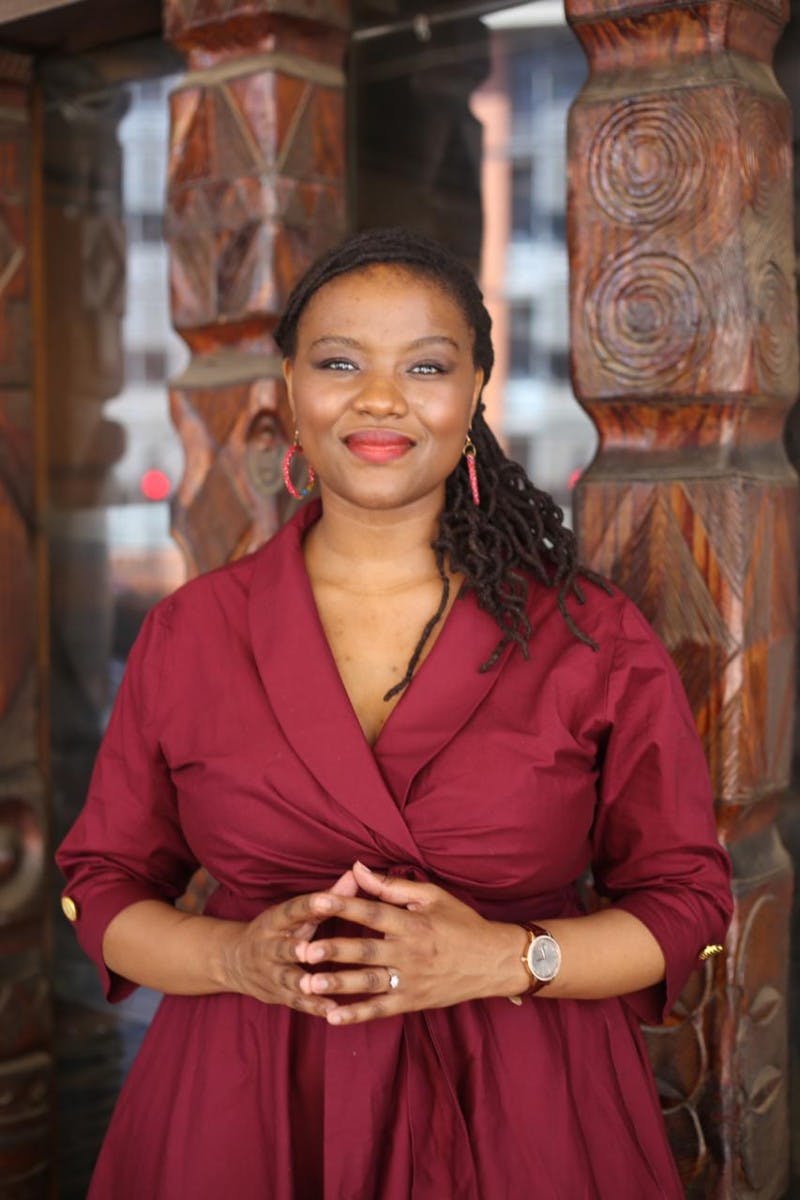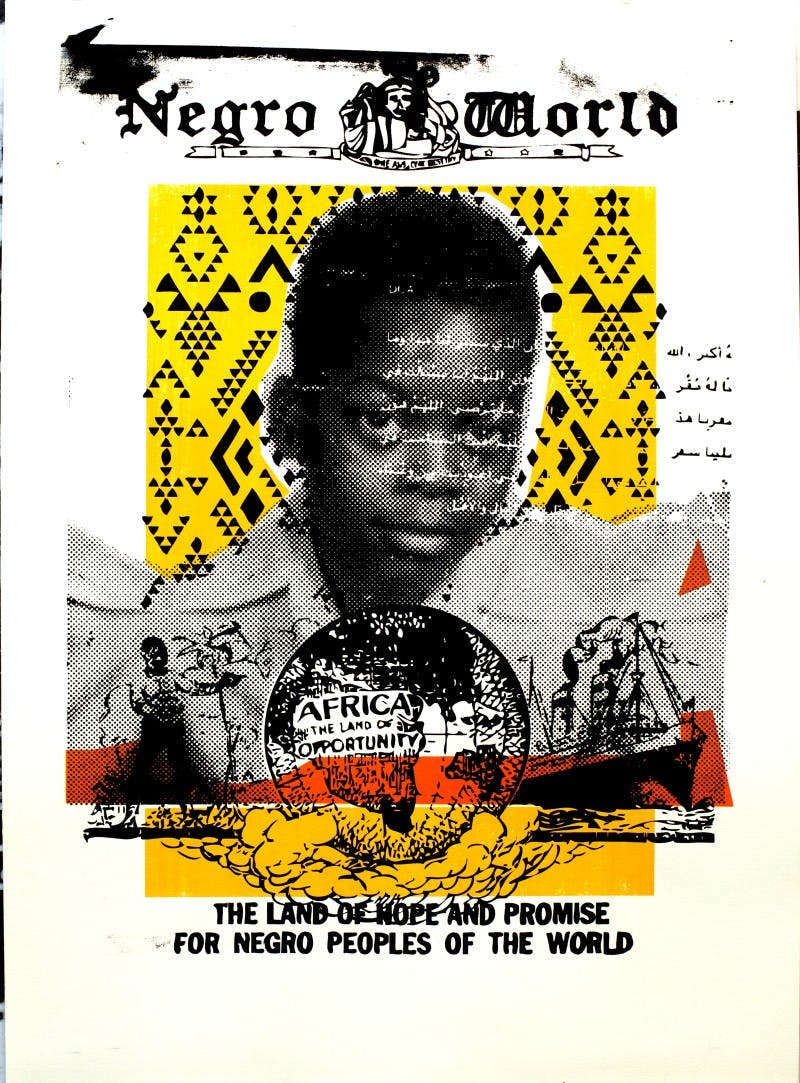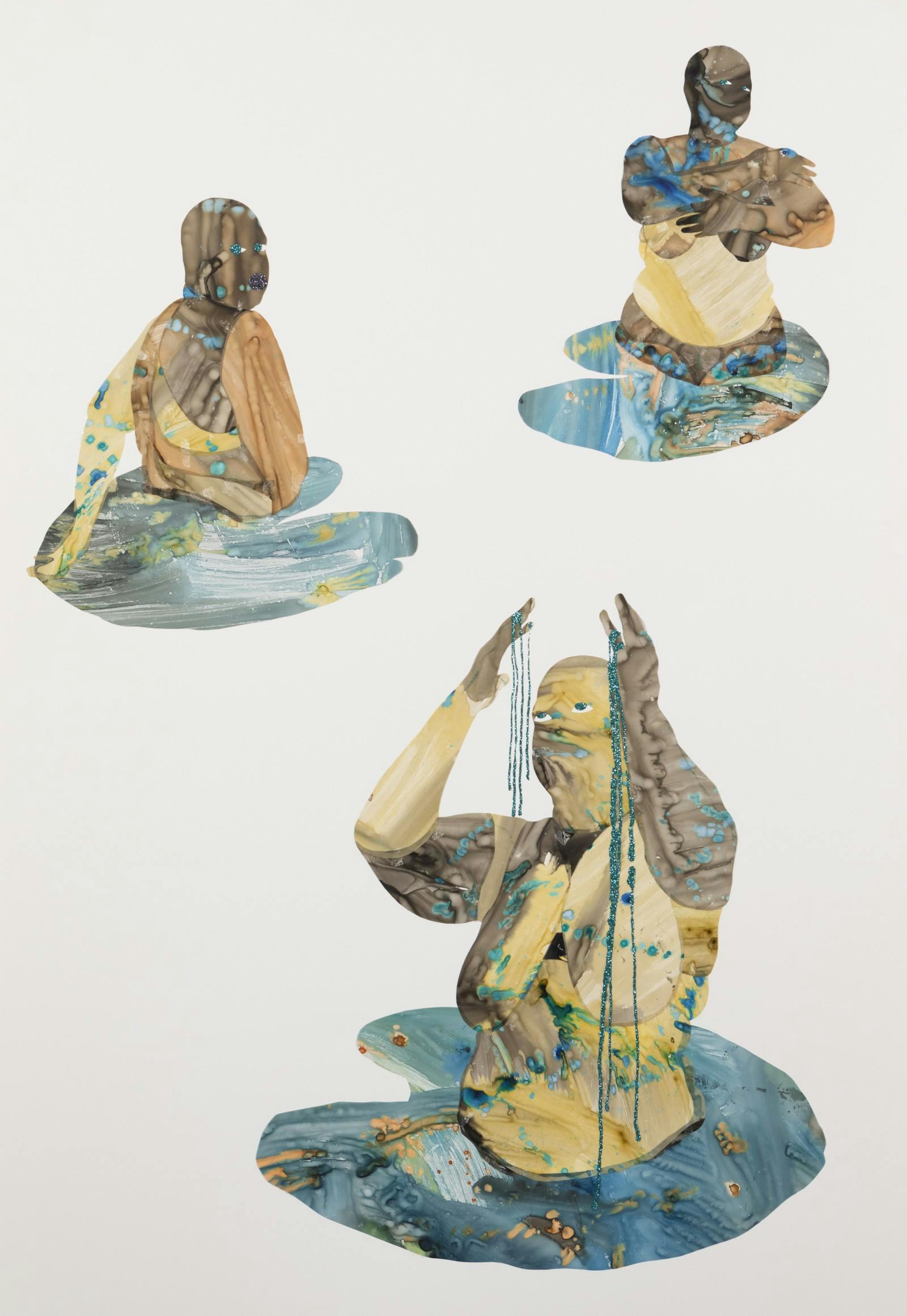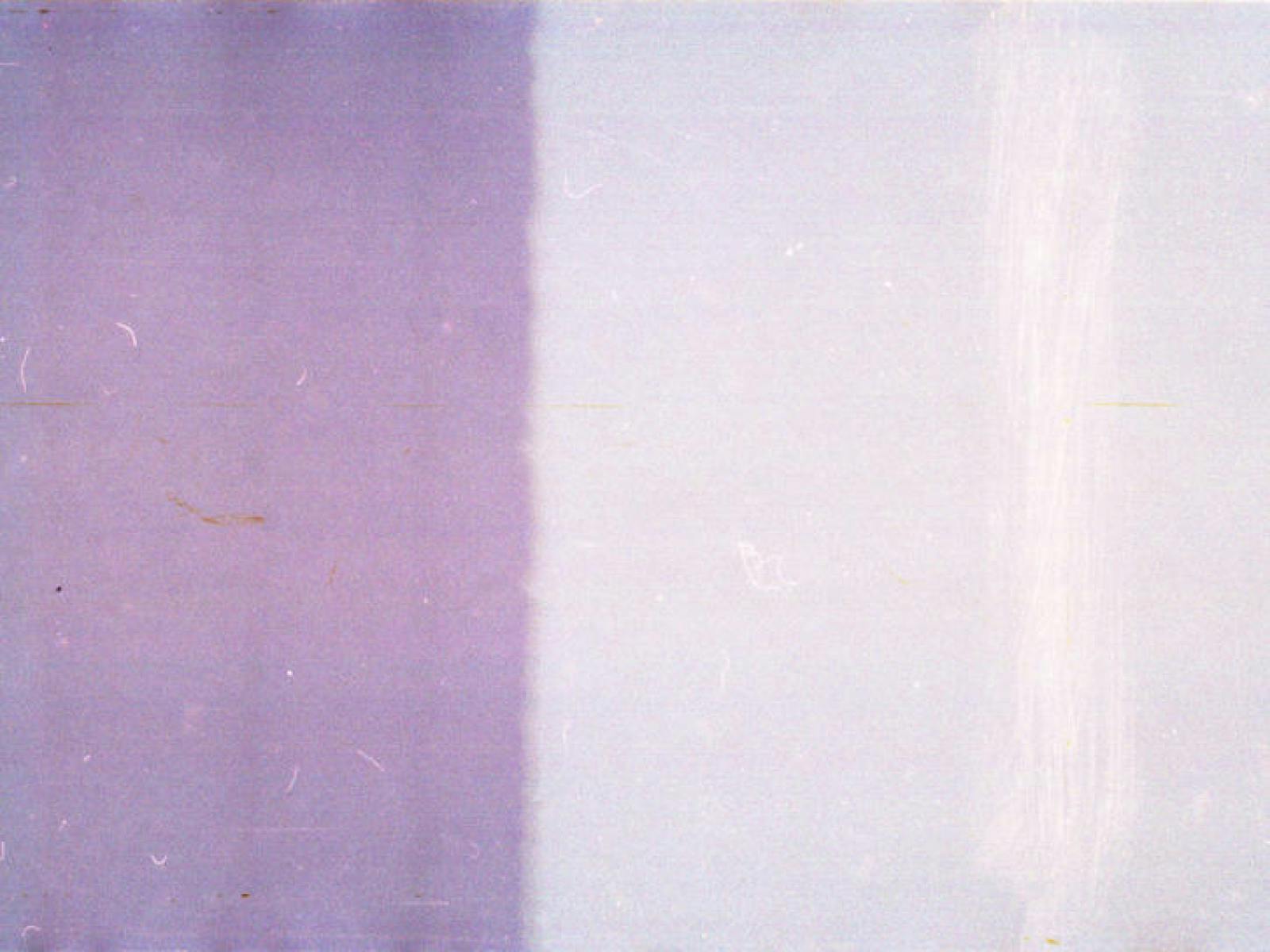Towards Planetary Blackness
Moya is rooted in the belief that we cannot inhabit realties we have not first encountered in our minds, Expanding imaginations is therefore central to the work of liberation, writes editor-in-chief Sebabatso C. Manoeli.

By the year 2100, the most populous countries in the world are projected to be India, Nigeria, and China—in that order. Nigeria surpassing China as the second-largest population represents an unprecedented racial demographic change, the implications of which, while yet to be fully mapped out, will range from a significant geopolitical repositioning to altered global migration patterns. This, coupled with other factors such as conflict, climate disasters, and economic instability, will change the social fabric of countries across the world. Moya anticipates these seismic shifts and thereby sparks conversations about the trajectory of the coming century.
Moya means “soul,” and is an homage to WEB Du Bois. The name builds on an observation in his seminal text, The Souls of Black Folk, that, “The problem of the twentieth century is the problem of the colour line.” In the twenty-first century, racial fault lines continue to intersect with and amplify others—gender, class, and nationality, to name but three. It is clear that if we fail to find effective solutions to both enduring and emerging racial injustices, the colour line will become the defining problem of the twenty-second century, too.
A freer future necessitates a multigenerational lens that honours our ancestral duty to the generations to come. It behooves us to consider the long-term implications of our present ways of being, thinking and acting, so that we establish the narratives, policies and institutions that will mature in the decades ahead when the world will need them most.
Even though this lens requires singular focus, its sights must be multiple. With this awareness, Moya troubles conventional thinking and opens new lines of inquiry by presenting a vision of Planetary Blackness: a vantage point that de-centres dominant notions of what it means to be Black in the world—not by inverting the margins, but by valuing each expression (peripheral as it may be) as if it too was in the centre. The planetary celebrates the orchestral rather than a soloist rendition of blackness. Seeing Black, like Christiane Taubira, not as a single colour, but as a Kaleidoscope.
The planetary celebrates the orchestral rather than a soloist rendition of blackness.
Today’s racial dynamics require engagement at various timescales and through a transnational prism, as rarely are problems new nor entirely distinct to a location. Moya makes available a space for a comparative lens. For example, does a school-to-prison pipeline exist in the Cape Flats of South Africa? Does a new Middle Passage exist in the Mediterranean Sea? What new global racial equity possibilities for collective action arise when the struggles of the Romani people are placed in conversation with those of Black minorities in Europe; or the experiences of India’s low-caste communities interact with those of the Sahel's subjugated communities?
These dynamics emerge from historical trajectories known and unknown. Unsettling popular historical narratives, Moya aims to unearth the deep past’s liberatory potential. A just future requires us to have memories not limited to colonialism and chattel slavery—as defining as these historical events have been. It begs for an engagement with Black experiences beyond an exclusive interest in oppressive encounters with whiteness.
Many episodes from Africa’s deeper past unlock questions that not only expand the imagination about Black histories but also connect us to moral universes and conceptions of personhood and freedom that can shape the discursive terrain of tomorrow. For example, how did the cosmopolitan Kingdom of Mapungubwe deal with climate change in the 1200s? In what ways do James Baldwin, US American novelist, and Kimpa Vita, the self-described possessed seventeenth-century prophetess in the Kingdom of the Kongo, make the same existential claims to liberation? What does the political activism and same-sex love of nun (now saint) Wallata Petros, the first African woman to have a biography written about her, tell us about the social landscape of Ethiopia in the 1600s? What can we learn from the histories of the white sharecroppers on Black-owned land on the border of Botswana and South Africa in the late nineteenth century?
These unexpected questions about the past broaden how we think about blackness. This matters because intellectual possibilities shape material realities. If history never repeats itself but is said to rhyme, knowing more of it can only expand the poetic potential of the future.
If history never repeats itself but is said to rhyme, knowing more of it can only expand the poetic potential of the future.
This publication invites readers to revisit the past, the present, and the future to engage in creative approaches to (dis)solving the problem of the colour line by the twenty-second century. Because we cannot inhabit realities we have not first encountered in our minds, the imagination is central to the work of liberation. As the word for 'spirit,' 'soul,' and 'air,' Moya appropriately calls us into the boundless possibilities that will surely pave the way to our liberation.







